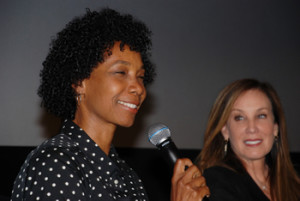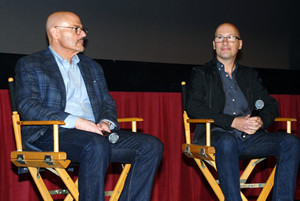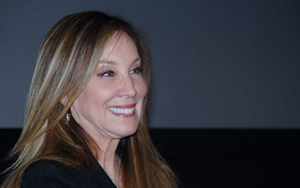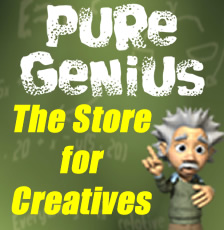Dances with Films Festival: The Powerhouse Panel – Hollywood Success Secrets
(Originally published on Blogcritics.org)
Want to be successful in Hollywood? I just had the opportunity to listen to some people who really are. The Powerhouse Panel, one of a series of professional panels featured at the recent Dances with Films(DWF) Festival in Hollywood, featured people who know what they’re talking about.
Participants included: Cindy Cowen, president of Cindy Cowan Entertainment and formerly a partner in Initial Entertainment Group, responsible for films such as Traffic, with Michael Douglas, and Very Bad Things, with Cameron Diaz; Steven Friedlander, Executive Vice President of Theatrical Distribution for CBS films, formerly a VP at New Line Cinema, who began his career at 20th Century Fox in 1984; Mark Ordesky currently a founding partner of Court Five, a muli-platform media company, executive producer of more than 60 films with New Line Cinema, and an executive producer on the Lord of the Rings trilogy; and Charlie Jordan Brookins, Senior Vice President of Original Programming for BET Networks, and former Director of Development at MTV. The panel was moderated by DWF Co-Founder Leslee Scallon.
Content is King
One of the first things upon which the panel agreed is that content is still king. Ordesky admitted that he left New Line with three failures. “Then we moved to television, which we knew nothing about, but we had the idea for a reality show – The Quest. That succeeded and gave us the strength and credibility to get other things done.”
Brookins agreed. “You need great stories that people are going to want to see,” she said. “You need to know what’s hot, what’s next and what matters. You also need to know who your audience is.”
TV is Different
Scallon asked the panel about differences in film and TV. Cowen said that TV and film are remarkably different. “If I were starting out, I would go into TV. You can get things done so much quicker than in film.”
Another difference: shorter episodic runs. “It’s a matter of economy,” Cowen said. “You can get A-list talent to commit for six or seven episodes much more easily than getting them to commit to a three-year run.”
Latino and Foreign Markets
Scallon asked the panel about the importance of Latino and foreign markets. Friedlander was enthusiastic. “We have a whole division dedicated to the Hispanic market,” he said. “With Fast and Furious, the Latino part of viewership was incredible. And the percentage has gone up on each film.”
Friedlander explained, “The theory about the Latino market was that you had to make Hispanic-themed films. That’s not true at all. They just want good films.”
He continued, “They are like the teen audience but turbo-charged. They have more repeated viewership of films than any other group; more than double any other demographic. They are vociferous movie goers and more importantly they are a targetable audience. You can advertise at sports events and Spanish language radio stations.” He added, “They are easy to find, but the flip side is that the broadcast media knows this now and the price of advertising is going up.”
As for foreign markets, Friedlander said that animation was good because it was easy to re-dub the language. “Action is pretty bulletproof,” he added, ”as long as it’s not too cheesy.”
Ordesky suggested that if you want to do well in foreign markets you need to avoid things that are too colloquial.
Cowan agreed. “Action and sci-fi are great. And if you can turn the volume down on a film,” she suggested, “and still understand what’s going on, that’s perfect for the foreign market.”
Final Thoughts
Friedlander said that although some of the specialized brands that studios had started for indie film distribution such as New Line Cinema have merged into larger companies or gone away, there is still a great environment for indie film. “Now there is a myriad of ways to get the product out there.” He said, “Make the best thing you can and distribution will tell you whether it’s TV or theatrical or Netflix. There is always some way to get content out to the public.”
Ordesky said that in spite of the new media it is essentially the same process. “Talent follows good material. Money follows talent. And distribution follows money.”
Brookins agreed: “Quality is still what counts. Even if you don’t have a Sundance showing or an agent, but if you have something that differentiates your work, I’ll check it out.”





